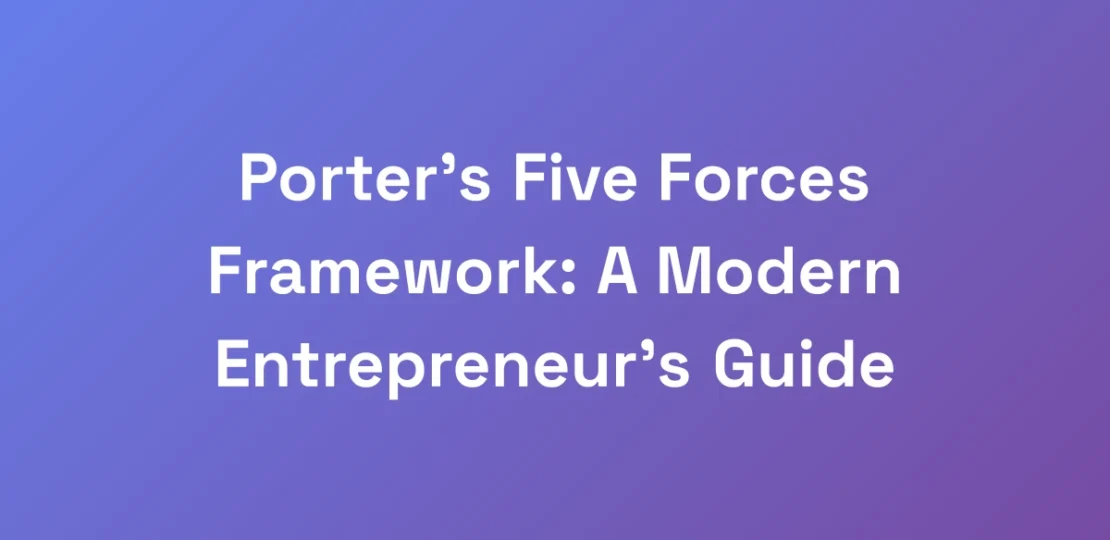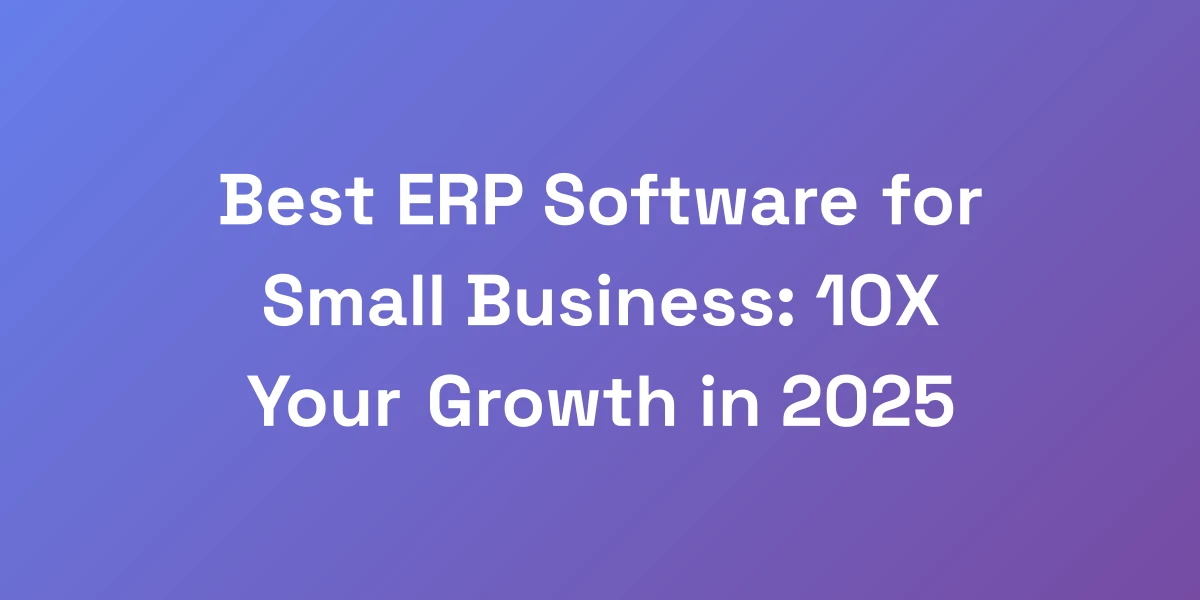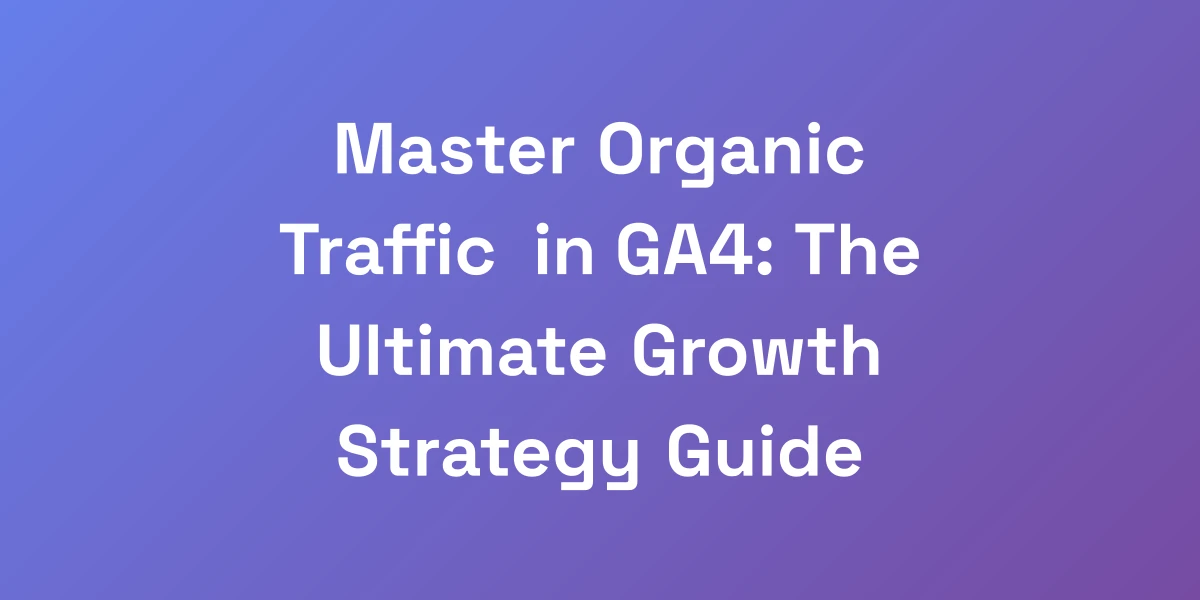Porter’s Five Forces Framework: A Modern Entrepreneur’s Guide
March 18, 2025 | by [email protected]

Let’s cut through the noise. Most entrepreneurs today are fumbling with Porter’s Five Forces Model, treating it like another tick in their business plan checklist. But here’s the truth: it’s not just a framework—it’s a weapon of mass destruction for uncovering untapped market opportunities. Imagine having a tool that can reveal markets with over $100M potential. Sounds powerful, right? That’s exactly what we’re diving into today. We’re not here to regurgitate academic jargon or write another boring case study. We’re here to unlock the real power of Porter’s Five Forces and show you how to wield it like a strategic assassin. Ready to transform your approach and dominate your market? Let’s get started.
Why Most Entrepreneurs Misuse Porter’s Five Forces (And How to Fix It)
Let’s face it: most entrepreneurs are misusing Porter’s Five Forces. They see it as an academic exercise rather than the strategic powerhouse it truly is. So why does this happen, and how can we flip the script? Learn more about Porter’s Five Forces for entrepreneurs.
The Real Purpose Behind Porter’s Framework
Porter didn’t create this model to fill out business plans; he designed it to dissect and understand industry dynamics. The real purpose? Identifying the underlying factors that influence profitability and uncovering hidden opportunities. Think of it as your strategic map to navigate competitive waters.
Instead of merely listing forces, we need to delve deep into each one to extract actionable insights. This approach transforms Porter’s Five Forces explained from a passive analysis tool into an active strategy enhancer.
Common Implementation Mistakes
Entrepreneurs often fall into the trap of surface-level analysis. They might list out the forces without understanding their interconnections and impacts. Here are some common mistakes:
- Treating the model as a one-time assessment rather than an ongoing strategic tool.
- Failing to tailor the analysis to their specific industry nuances.
- Overlooking the dynamic nature of market forces in today’s fast-paced environment.
To fix this, we need to adopt a more fluid and continuous approach, constantly reassessing and adapting our strategies based on the evolving market landscape.
The Million-Dollar Mindset Shift
Shifting from viewing Porter’s Five Forces as an academic tool to seeing it as a strategic weapon is a game-changer. This mindset shift involves:
- Focusing on actionable insights rather than theoretical concepts.
- Leveraging the model to identify and exploit market weaknesses.
- Using the framework to continuously monitor and respond to market changes.
This transformation unlocks the true value of Porter’s Five Forces, turning it into a system that drives profitability and growth.
Modern Applications in Today’s Market
In today’s digital age, Porter’s Five Forces must adapt to new realities. Here’s how:
- Competitive Rivalry: Digital platforms have intensified competition, making it crucial to understand both direct and indirect competitors.
- Supplier Power: Modern supply chains are more complex, requiring a deeper analysis of supplier dependencies and negotiation strategies.
- Buyer Power: The digital age has empowered buyers, increasing their bargaining power through access to information and alternatives.
- Threat of Substitutes: Rapid technological advancements have increased the availability and attractiveness of substitute products.
- Barriers to Entry: Digital transformation has lowered entry barriers in some industries while creating new ones in others.
Understanding these modern applications ensures that Porter’s Five Forces remain relevant and powerful in today’s marketplace.
Quick Assessment Framework
To avoid misusing Porter’s Five Forces, we need a quick assessment framework:
- Evaluate each force in the context of your specific industry.
- Identify the key factors driving each force.
- Determine the impact of each force on your business’s profitability.
- Develop strategies to leverage or mitigate these forces.
This streamlined approach helps maintain focus and ensures that the analysis translates into actionable strategies.
Breaking Down the Five Forces for Maximum Profit Potential
Understanding Porter’s Five Forces isn’t about creating pretty diagrams; it’s about identifying money levers you can pull. Each force can either be a goldmine or a landmine for your business. Here’s how to dissect each one through the lens of modern market dynamics.
Competitive Rivalry: Beyond Surface-Level Analysis
Competitive rivalry isn’t just about knowing your competitors; it’s about understanding their strengths, weaknesses, and strategies. Dive deeper by:
- Analyzing competitors’ market share and growth strategies.
- Understanding their value propositions and customer engagement tactics.
- Identifying gaps in their offerings that you can exploit.
For example, Amazon’s relentless focus on customer experience has set a high bar. By dissecting their approach, we can uncover strategies to differentiate and outperform.
Supplier Power: Leveraging Modern Supply Chains
Today’s supply chains are intricate and global. To leverage supplier power:
- Assess the concentration of suppliers and their influence on pricing and quality.
- Develop alternative sourcing strategies to reduce dependency.
- Build strong relationships through collaboration and long-term contracts.
Shopify’s reliance on cloud infrastructure providers like AWS demonstrates the importance of strategic supplier relationships in maintaining operational efficiency and scalability.
Buyer Power: Digital Age Dynamics
Buyers today have more power than ever, thanks to digital transparency and easy access to alternatives. Here’s how to navigate:
- Enhance customer relationships through personalized experiences and exceptional service, leveraging business blogging to engage your audience.
- Increase switching costs by bundling services or offering unique value propositions.
- Utilize data analytics to better understand and anticipate customer needs.
In the digital realm, buyer power can be mitigated by creating loyalty programs and leveraging data to deliver tailored solutions that keep customers hooked.
Threat of Substitutes: Hidden Opportunities
The threat of substitutes can signal new market opportunities. To uncover these:
- Monitor emerging technologies and trends that could disrupt your industry.
- Innovate to offer superior solutions that address the same customer needs more effectively.
- Diversify your product or service offerings to reduce reliance on any single market.
The rise of Web3 technologies showcases how substitutable innovations can create new avenues for growth and differentiation.
Barriers to Entry: Creating Moats in Today’s Market
In today’s market, barriers to entry can be both lowered and heightened by technological advancements. To create strong moats:
- Invest in proprietary technologies that are hard to replicate.
- Build strong brand recognition and customer loyalty.
- Leverage economies of scale to outcompete new entrants.
Companies like Amazon have built formidable barriers through their vast logistics networks and brand strength, making it challenging for new players to compete.
The Ultimate Five Forces Implementation Framework
Stop theorizing and start executing. Here’s the exact framework we use to implement Porter’s Five Forces analysis—the same strategy that’s helped generate over $100M in revenue. This isn’t your professor’s analysis tool; it’s a battle-tested strategy weapon tailored for the real world.
Step-by-Step Analysis Process
Implementing Porter’s Five Forces effectively involves a systematic approach:
- Identify Industry Boundaries: Define the scope of your industry and understand its key characteristics.
- Analyze Each Force: Evaluate the strength and impact of each of the five forces on your business.
- Gather Data: Collect relevant data and insights to inform your analysis.
- Assess Impact: Determine how each force affects your profitability and strategic positioning.
- Develop Strategies: Create actionable strategies to leverage or mitigate each force.
Digital Age Modifications
To stay relevant, Porter’s model must evolve with the digital landscape:
- Integrate Technology: Use AI and SEO optimization automation to gain deeper insights into market forces.
- Adapt to Digital Disruption: Recognize how digital innovation can alter each of the five forces.
- Embrace Agile Strategies: Maintain flexibility to quickly respond to digital market changes.
For instance, leveraging AI can enhance your understanding of buyer behavior, allowing you to tailor your strategies more precisely.
Market Opportunity Scoring System
Not all opportunities are created equal. A scoring system helps prioritize them:
- Define Criteria: Establish factors such as market size, growth potential, and competitive intensity.
- Assign Weights: Prioritize criteria based on your business goals.
- Score Opportunities: Evaluate each market opportunity against your criteria.
- Rank and Select: Focus on the highest-scoring opportunities for strategic initiatives.
This systematic approach ensures that you’re targeting the most lucrative and feasible opportunities, maximizing your investment.
Competitive Advantage Matrix
Visualizing your competitive position helps identify strategic advantages:
- Map Competitors: Position your business relative to competitors based on key attributes like price and quality.
- Identify Gaps: Look for areas where you can outperform or differentiate from the competition.
- Strategize Positioning: Develop strategies to occupy and defend favorable positions in the matrix.
Creating a Competitive Advantage Matrix allows you to see where you stand and how to move ahead of the competition effectively.
Action Plan Template
Turning analysis into action requires a solid plan:
- Set Clear Objectives: Define what you aim to achieve with each strategic initiative.
- Assign Responsibilities: Delegate tasks to team members with clear accountability.
- Establish Timelines: Set deadlines to ensure timely execution.
- Monitor Progress: Regularly review and adjust the plan based on performance metrics.
This template ensures that your strategies are not just ideas on paper but actionable steps that drive real results. Additionally, incorporating digital marketing for small businesses can further align your strategic initiatives with your market presence.
Leveraging Five Forces for Market Domination
Most people use Porter’s Five Forces to understand their market. That’s thinking small. We’re here to show you how to use it to dominate your market. This isn’t about defense—it’s about offense. Every force in the model is an opportunity to build an unfair advantage.
Force Manipulation Strategies
Rather than merely responding to market forces, actively manipulate them to your advantage:
- Competitive Rivalry: Innovate to stay ahead and create differentiation that rivals can’t easily replicate.
- Supplier Power: Negotiate better terms or diversify your supplier base to reduce dependency.
- Buyer Power: Enhance customer loyalty through exceptional service and exclusive offerings.
- Threat of Substitutes: Innovate continually to offer superior alternatives that reduce the appeal of substitutes.
- Barriers to Entry: Invest in proprietary technologies or brand building to make it harder for new entrants to compete.
Digital Moat Building
Creating a digital moat involves leveraging technology to build sustainable competitive advantages:
- Proprietary Technology: Develop unique technologies that set you apart from competitors.
- Data Utilization: Use data analytics to drive decision-making and personalize customer experiences.
- Network Effects: Build platforms that become more valuable as more users join, locking in your market position.
Shopify’s network of merchants and service providers exemplifies a digital moat that guards against competition by creating a self-reinforcing ecosystem. Additionally, utilizing the best SEO tools for agencies can enhance your online presence and competitiveness.
Supplier Relationship Optimization
Optimizing supplier relationships can significantly reduce costs and improve quality:
- Collaborative Partnerships: Work closely with suppliers to innovate and streamline operations.
- Long-Term Contracts: Secure favorable terms through long-term agreements that benefit both parties.
- Performance Metrics: Implement metrics to ensure suppliers meet your quality and delivery standards.
By fostering strong supplier relationships, we can ensure reliability and negotiate better terms, enhancing overall business performance.
Customer Lock-in Techniques
Turning customers into loyal advocates reduces churn and increases lifetime value:
- Loyalty Programs: Reward repeat customers with discounts, exclusive offers, or early access to new products.
- Subscription Models: Create recurring revenue streams by offering subscription-based services.
- Personalization: Use data to tailor experiences and meet individual customer needs effectively.
Implementing these techniques can turn one-time buyers into long-term customers, securing a stable revenue base.
Market Position Strengthening
Strengthening your market position involves reinforcing your competitive advantages and mitigating threats:
- Brand Building: Invest in building a strong, recognizable brand that resonates with your target audience.
- Continuous Innovation: Stay ahead by consistently innovating and improving your offerings.
- Strategic Alliances: Form alliances with complementary businesses to enhance your market presence and capabilities.
A strong market position not only attracts more customers but also deters potential competitors from entering your space.
Case Studies: Five Forces in Action
Theory is worthless without proof. Here are three real-world examples where companies used Porter’s Five Forces to create market-dominating positions. These aren’t just success stories—they’re blueprints for market domination you can adapt to your business.
Tech Startup Market Entry Strategy
Consider a tech startup aiming to enter the crowded cloud services market. By applying Porter’s Five Forces:
- Competitive Rivalry: Identified key players like AWS and Google Cloud, analyzing their strengths and weaknesses.
- Supplier Power: Assessed dependencies on hardware suppliers and explored partnerships to reduce costs.
- Buyer Power: Recognized the high bargaining power of businesses seeking scalable solutions, leading to the development of customizable service packages.
- Threat of Substitutes: Innovated with unique features like enhanced security protocols to stand out.
- Barriers to Entry: Invested in proprietary technology to create a strong entry barrier.
Result? The startup successfully carved out a niche, achieving rapid growth and securing significant market share within two years.
Traditional Business Transformation
A traditional retail company faced declining sales due to rising e-commerce competition. Using Porter’s Five Forces:
- Competitive Rivalry: Analyzed online competitors and their strategies, identifying areas for differentiation.
- Supplier Power: Negotiated better terms with suppliers to reduce costs and improve margins.
- Buyer Power: Enhanced in-store customer experience and launched an online presence to meet changing buyer preferences.
- Threat of Substitutes: Introduced exclusive products and services to reduce substitution threats.
- Barriers to Entry: Leveraged brand loyalty and expanded product lines to increase entry barriers for new competitors.
Outcome? The company revitalized its brand, increased customer engagement, and reversed its declining sales trend, securing a strong foothold in both physical and digital markets.
Digital Service Provider Dominance
A digital marketing agency aimed to dominate a saturated market. Applying Porter’s Five Forces:
- Competitive Rivalry: Differentiated by specializing in AI-driven marketing solutions not offered by competitors.
- Supplier Power: Formed strategic alliances with AI technology providers to ensure exclusive access to cutting-edge tools.
- Buyer Power: Developed comprehensive customer success programs to enhance loyalty and reduce bargaining power.
- Threat of Substitutes: Continuously innovated service offerings to stay ahead of emerging marketing technologies.
- Barriers to Entry: Established a strong brand presence and proprietary methodologies, making it difficult for new entrants to compete.
Result? The agency not only survived the competitive onslaught but became a market leader, attracting high-profile clients and expanding its service offerings globally. Implementing digital marketing for agencies was a key factor in their success.
For more insights on Porter’s Five Forces, visit Quantive’s comprehensive resources.
RELATED POSTS
View all


